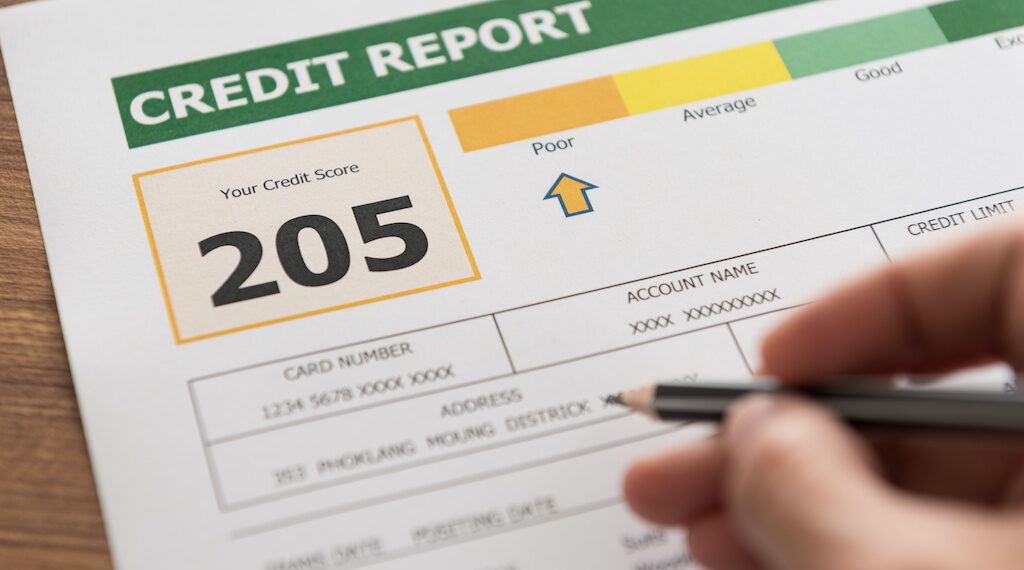Knowing where you stand financially starts with understanding your credit score and credit report. In the United States, these are critical tools used by lenders, landlords, and even employers to gauge your creditworthiness. In this guide, we’ll explore how to access your credit reports for free, check your score, and interpret the information to maintain a healthy financial profile.
1. Understanding Credit Scores and Reports
A credit report is a detailed record of your credit history, while your credit score is a numerical rating (typically ranging from 300 to 850) that summarizes the information in your report.
- Three Major Credit Bureaus: Equifax, Experian, and TransUnion.
- Scoring Models: The most widely used is the FICO Score, though VantageScore is another common model.
- Why It Matters: A higher score can help you secure better loan rates, lower insurance premiums, and more favorable credit terms.
Need to boost your score? Check out myFICO’s Credit Education for in-depth resources.
2. Ways to Access Your Credit Report
By law, you’re entitled to one free credit report from each of the three major bureaus every 12 months. Here are the most reliable ways to get them:
1. AnnualCreditReport.com
The only official site authorized by federal law to provide free annual credit reports.
- Website: AnnualCreditReport.com
- Frequency: Get one report per bureau every 12 months for free.
Tip: During certain special circumstances (like COVID-19 measures), you may be able to access free weekly reports. Check the Federal Trade Commission’s Guidance for current policies.
2. Directly from Credit Bureaus
If you’ve already used your free report for the year, you can still purchase additional copies directly from the bureaus or request a free one under specific conditions (e.g., credit denial).
3. Credit Monitoring Services
Some credit monitoring platforms provide regular updates to your credit reports, although they often come with a monthly fee.
3. How to Check Your Credit Score
Your credit report doesn’t automatically include your score. However, there are multiple ways to access your numerical rating:
- Free Credit Score Websites
Platforms like Credit Karma or Credit Sesame offer free credit scores based on VantageScore. - Credit Card Issuers
Some issuers, such as Discover and Capital One, provide free FICO scores or VantageScores to cardholders. - Paid Services
For the most comprehensive FICO Score breakdown, consider subscribing to myFICO or a bureau-specific monitoring service.
Pro Tip: Always clarify which scoring model a service provides, as FICO and VantageScore can differ.
4. Reviewing and Interpreting Your Credit Information
Once you have your report and score in hand, here’s how to make sense of it all:
- Personal Information: Verify your name, address, and Social Security number for accuracy.
- Credit Accounts: Review credit cards, loans, and mortgages. Look for any unauthorized accounts.
- Payment History: Late payments significantly impact your score. Check for errors or disputes.
- Credit Utilization: Aim to keep credit usage under 30% of your available limit.
- Negative Items: Bankruptcies, collections, and foreclosures. Challenge any inaccuracies.
See something suspicious? Dispute errors directly with bureaus using these FTC Guidelines.
5. Quick Alternatives for Monitoring Credit Health
If you’re unable—or unwilling—to check your scores through the typical methods, consider these alternative approaches:
Credit Card Statements
Some issuers provide monthly snapshots of your credit score directly on billing statements or in online account dashboards.
- Advantages: Free if you’re already a cardholder.
- Drawbacks: May only update monthly or use a non-FICO scoring model.
Bank Apps
Certain banks, like Wells Fargo or Chase, offer free credit score tracking through their mobile apps.
- Pros: Convenient if you do regular banking there.
- Cons: Limited to the score updates they provide, often not a full report.
Pros and Cons of Different Score/Report Sources
| Source | Pros | Cons |
|---|---|---|
| AnnualCreditReport.com | Free official annual reports, no hidden fees | Doesn’t include scores; must request each bureau separately |
| Credit Karma | Free score & report updates, user-friendly interface | VantageScore model may differ from lender-used FICO scores |
| myFICO | Comprehensive FICO breakdown, industry-specific scores | Subscription fees can be high |
| Credit Card Issuers | Free FICO or VantageScore for cardholders | May only update monthly, not all issuers offer this |
| Direct from Bureaus | Immediate access to official bureau data | Often comes with a fee unless you qualify for a free report |
Tips for Maintaining a Healthy Credit Profile
Once you’ve checked your reports and scores, it’s crucial to stay proactive:
- Automate Payments
Late payments can be detrimental, so consider setting up automatic bill pay. - Lower Credit Utilization
Pay down balances regularly to keep usage under 30% of your total credit limit. - Build a Diverse Credit Mix
A combination of installment loans (e.g., car loans) and revolving credit (credit cards) can improve your score. - Monitor Regularly
Checking your credit doesn’t hurt your score. Regular monitoring helps you catch errors early.
Conclusion: Taking Charge of Your Credit Health
Keeping tabs on your credit score and report is one of the most important steps you can take to safeguard your financial future. With multiple free resources, paid monitoring services, and official government-backed websites, there’s no shortage of options for staying informed in the U.S. By understanding the details within your credit report and monitoring your score regularly, you’ll be well-prepared to seize the best loan rates, credit card offers, and financial opportunities.
Start here:
- Get Your Free Annual Credit Reports
- Review FTC’s Guidelines on Credit Reports and Scores
- Explore Credit Building Resources from myFICO
A better score can open the door to better financing, so make your credit a priority today—and take control of your financial journey.





